Birth
ca. 1300 BCE
Death
ca. 1220 BCE
Queen Puduḫepa ruled the 13th century BCE Anatolian kingdom of Ḫatti, whose capital was Ḫattuša. This is where Puduḫepa resided as the Great Queen after her husband Ḫattušili III was crowned the Great King of Ḫatti when he usurped the throne from his nephew Muršili III (known as Urḫi-Teššub). Puduḫepa, whose name in the Ḫurrian language (pud=u-Ḫebat) means “the goddess Ḫebat gave birth to her,” was a daughter of the head priest of Kizzuwatna, a vassal kingdom annexed to Ḫatti. Puduḫepa identified herself as a “princess of Kizzuwatna,” and it is assumed that she was from the Kizzuwatna royal line.
Queen Puduḫepa was a powerful queen with political, social, and religious influence. She was recognized for her role in foreign relations with other kingdoms. Her power is known from the large number of written texts and personal stamp-seals she left behind.
Personal Information
Name(s)
Puduḫepa (in the Ḫurrian language pud=u-Ḫebat, meaning “the goddess Ḫebat gave birth to her”)
Title: Great Queen
Date and place of birth
ca. 1300 BCE Lawazantiya/Kumanni (Kingdom of Kizzuwatna–today central-southeast Turkey)
Death and place of death
ca. 1220 BCE Ḫattuša (today Boğazköy in central-north Turkey)
Family
Married to Ḫattušili III, King of Ḫatti, who reigned as Great King (1267-1237 BCE)
Father: Pentipšarri was the priest of the city Lawazantiya in the kingdom of Kizzuwatna. Scholars suggest he may have been the Head Priest of Kizzuwatna, which may indicate he was the ruler of a vassal kingdom of the Hittites. On a rock carving at Fraktin, Puduḫepa is pictured with an inscription saying: “daughter of the country of Kizzuwatna, beloved of the gods.” A daughter of Kizzuwatna can mean a “princess” of that country, as was the case with the princesses of Babylon and Amurru.
Marriage and Family Life
Queen Puduḫepa was married to Ḫattušili III (1274 BCE), the Great King of Ḫatti. She had many children, and she married her daughters to the king of Babylon and to the Pharaoh of Egypt, as well as to vassal kings (Ugarit, Amurru, Seha River Land), in an attempt to create strong relations between royal families.
Education
She was educated to be a priestess of the goddess IŠTAR who was identified among the Hittites by her Ḫurrian name Šauška. She may have been educated as a midwife.
Religion
A polytheistic combination of Hittite-Ḫurrian-Luwian religious beliefs and customs, though her upbringing was as a priestess to the Ḫurrian goddesses Šauška and Ḫebat, as well as other Kizzuwatnean cults. She introduced the Hittite Royal House to religious festivals and rituals brought from her homeland Kizzuwatna.
Transformation(s)
Puduḫepa was married to the powerful Hittite prince, the brother of the Great King of Ḫatti. At the time of their marriage, he was an army commander for his brother. He was given a devastated region in the northern part of the Hittite kingdom, which he developed and where he became the local king to; he was called King of Ḫakmiš and Nerik. Thus, Puduḫepa went from princess to queen of Ḫakmiš. After Ḫattušili usurped the throne of Ḫatti, she became a Great Queen. Puduḫepa was powerful in her own right, as well as a strong supporter of her husband, the Great King Ḫattušili III.
less
Significance
Information on Puduḫepa’s early life is limited, but she was likely educated as a priestess, and thus trained in the worship of the gods. There are several official prayers in the Hittite language recording her and Ḫattušili requesting the gods’ assistance or praising them. There is textual evidence of a prayer from Puduḫepa requesting the goddess to cure her ill husband; these texts may have been drafted by scholar scribes at her request.
- To the Sun-goddess of Arinna, my lady, lady of the Ḫatti lands, queen of heaven and earth: I, Puduḫepa, am your long-time servant, I am a calf of your stable, a stone of your foundation. You, my lady, elevated me and to Ḫattušili, your servant, you attached me, and he too was assigned (lit. by lot) to the Storm-God of Nerik, your beloved son. […] [For] the land of Nerik and for the land of [Ḫakpiš (?)] he placed [his] body and his [life] at risk as long as he held the campaign against [the Kaška enemy(?)]. […] This matter I, Puduḫepa, your maid, made into a case-prayer to the Sun-goddess of Arinna, my lady, lady of the Ḫatti lands, queen of heaven and earth. Yield to me, O Sun-goddess of Arinna, my lady, and hear me! Among humans one often speaks the following saying: “The deity yields to the woman of the birthstool.” [Since] I, Puduḫepa, am a woman of the birthstool (i.e., midwife), and I have devoted myself to your son, yield to me, O Sun-goddess of Arinna, my lady, and grant me what [I ask of you]! Give life to [Ḫattušili], your servant!
- If you, Liliwani, my lady, will speak favorably [to the gods], and you will keep your servant, Ḫattušili, alive and give him long years, months (and) days, I will later make for Liliwani, my lady, a silver statue of Ḫattušili, as big as Ḫattušili himself – its head, its hands and its feet of gold; that I will have them weigh out separately. (CTH 384.1: Following the text and translations of Hethitologie Portal Mainz (HPM): And the translation by Itamar Singer, Hittite prayers. SBL Press, 2002: p. 101–104)
The letters Puduḫepa wrote to the Pharaoh of Egypt, Ramesses II, and the Queen of Egypt, Queen Nefertari, also survive. In these, her voice is clear, though a scribe likely transcribed these letters for her.
Puduḫepa was very involved in the kingdom’s administration. This assumption is supported by the evidence she left behind, including the prevalence of seals bearing her likeness, as well as seals bearing the joint images of her and the Great King Ḫattušili and Puduḫepa alongside their son, Tudḫaliya IV, who ruled after Ḫattušili’s death.
Reputation
The Firaktin relief carved on a rock around 50 km south of Kayseri in southern Turkey shows Ḫattušili III and Puduḫepa standing at an altar with the god and goddess they served behind them. The gods and the royals are identified by hieroglyphic signs next to their figures. Ḫattušili stands before the Storm-God of Hatti and offers libation to the base of the altar, and Puduḫepa is in front of her deity, the Sun Goddess Ḫebat, pouring libation. Ḫattušili has a divine conical hat with horns, which may represent him as a deity (postmortem). Puduḫepa’s side seems unfinished, but her attire greatly resembles that of her goddess. In one of her prayers, Puduḫepa makes a union between the two great goddesses, Sun goddess of Arinna, the consort of the Storm-God of Hatti, and Ḫebat.
Legacy and Influence
The “Hittites” today are strongly associated with the history of Turkey and play an important role in Turkish tourism.
less
Clusters & Search Terms
Current Identification(s)
Female history, Hittite history, royal house, ancient queens, midwife, priestess
Clusters
Hittite royal women, Ancient Near East women, Middle Eastern and Mediterranean women, Neo-Assyrian Naqi’a, Shammuramat (Semiramis), Hebrew Bible Queens Isabel and Athaliah
Search Terms
Hittite queen, Ancient Near East(=ANE), royal household, the first international peace treaty, ancient Anatolia, Great Queen of the bronze age
less
Bibliography
Primary (selected):
Hittite texts numbered in the Meinz Konkordance as CTH 95, 96, 158-60, 162, 164, 167, 176, 180, 189, 383-4, 585, 586 – see online under Catalog of Hittite texts:
https://www.hethport.uni-wuerzburg.de/CTH/index.php?l=Puduḫepa
Bryce, Trevor. The Kingdom of the Hittites. Oxford: Oxford University, 2005.
Bryce, Trevor. Life and Society in the Hittite World. Oxford: Oxford University Press, 2002.
Bryce, Trevor. Letters of the Great Kings of the Ancient Near East. 2003.
Budin, Stephanie Lynn and Jean MacIntosh Turfa. (eds.) Women in Antiquity: Real Women across the Ancient World. London-New York: Routledge 2016.
Articles in the volume by:
Bryce, Trevor R. “The Role and Status of Women in Hittite Society.” Pages 303–318.
Beckman, Gary. “Birth and Motherhood Among the Hittites.” Pages 319–328.
Hoffner, Harry A. Letters from the Hittite Kingdom. SBL Press, 2009.
Singer, Itamar. Hittite prayers. SBL Press 2002.
Taggar-Cohen, Ada “Hittite Royal Ideology and the Uniqueness of the Priestess Titled NIN.DINGIR” in Women in Religion in the Ancient Near East and Asia, edited by Nicole Brisch and Fumi Karahashi, (SANER series no. 30; De Gruyter, 2023), 141-162.
Taggar-Cohen, Ada “The Hittite Case of Royal Women in the Cult: The Queen and the NIN.DINGIR (CTH 714 and CTH 738),” Orient 58 (2023), 21-34.
Archival Resources (selected):
https://archive.archaeology.org/online/features/iron_ladies/puduhepa.html
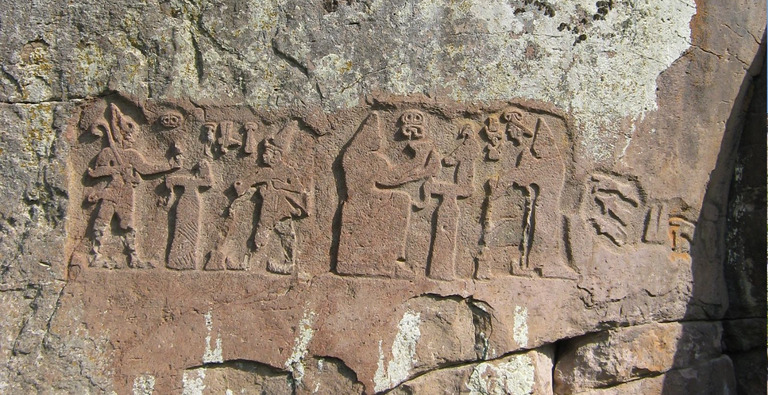
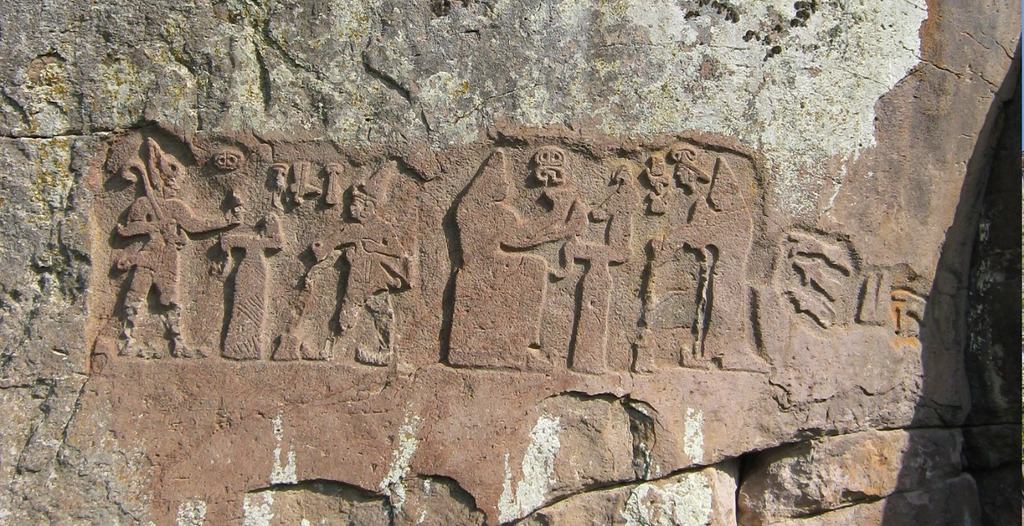
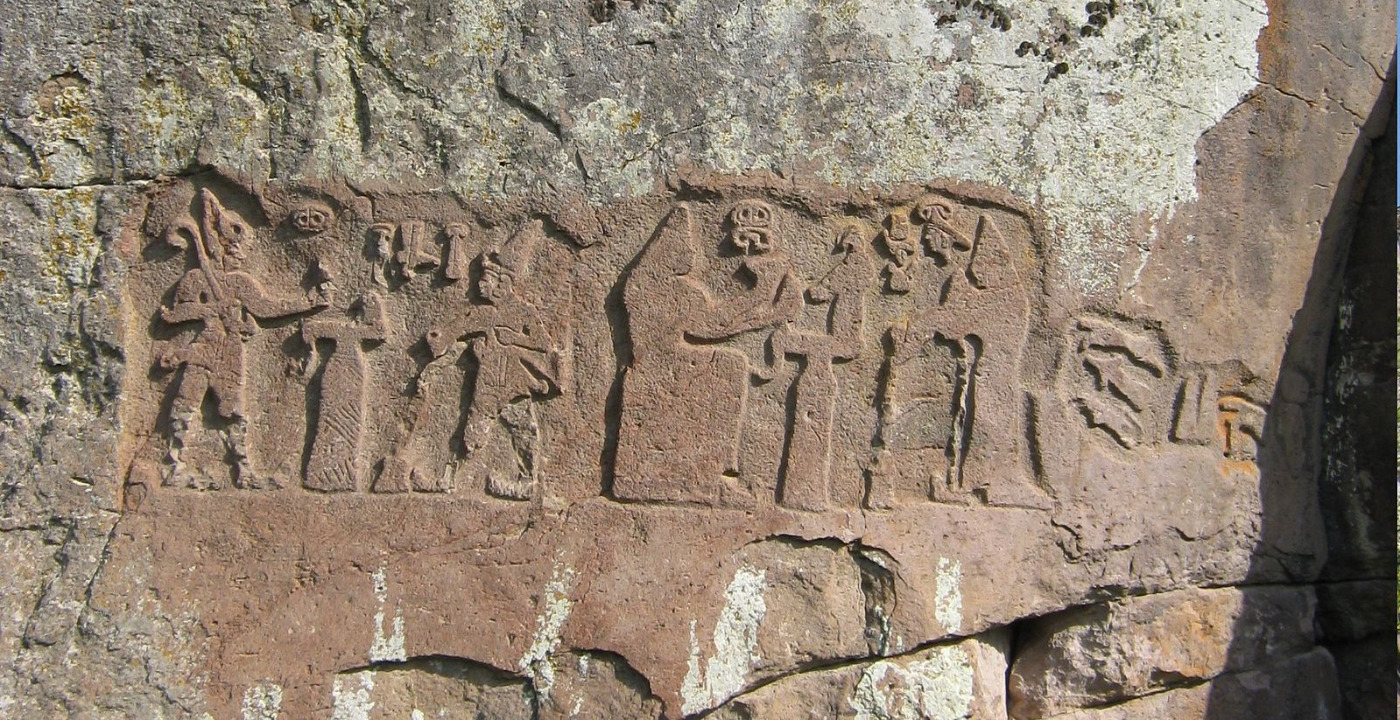
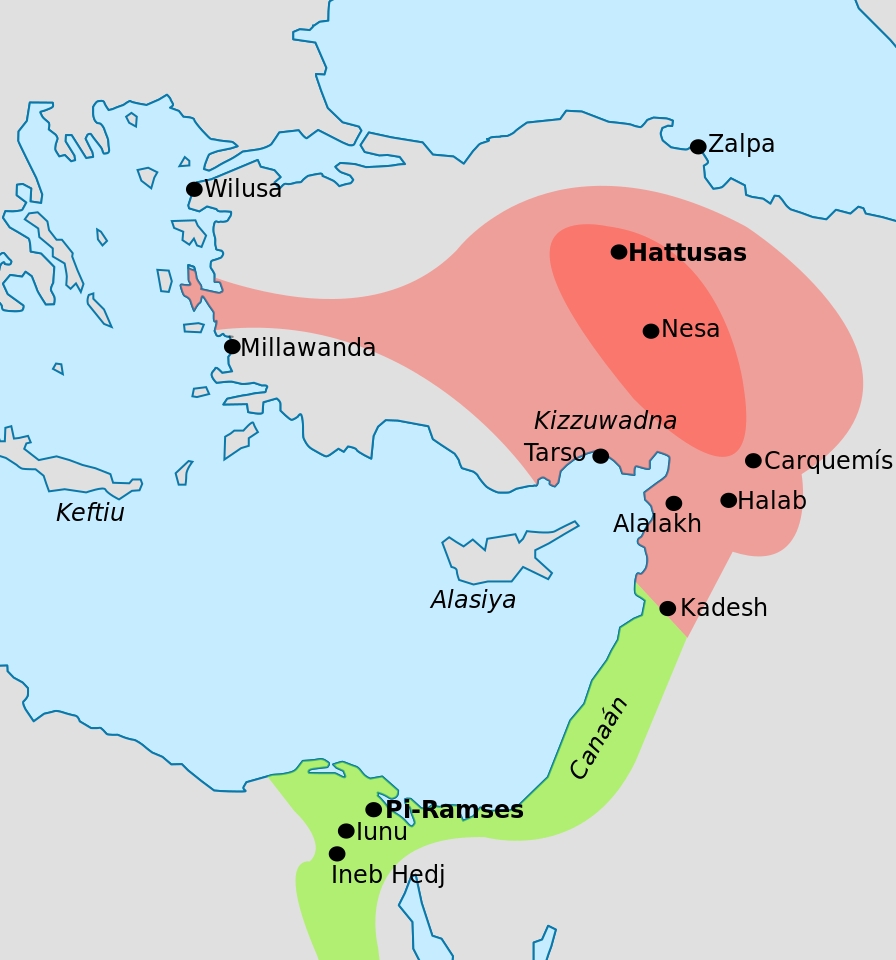
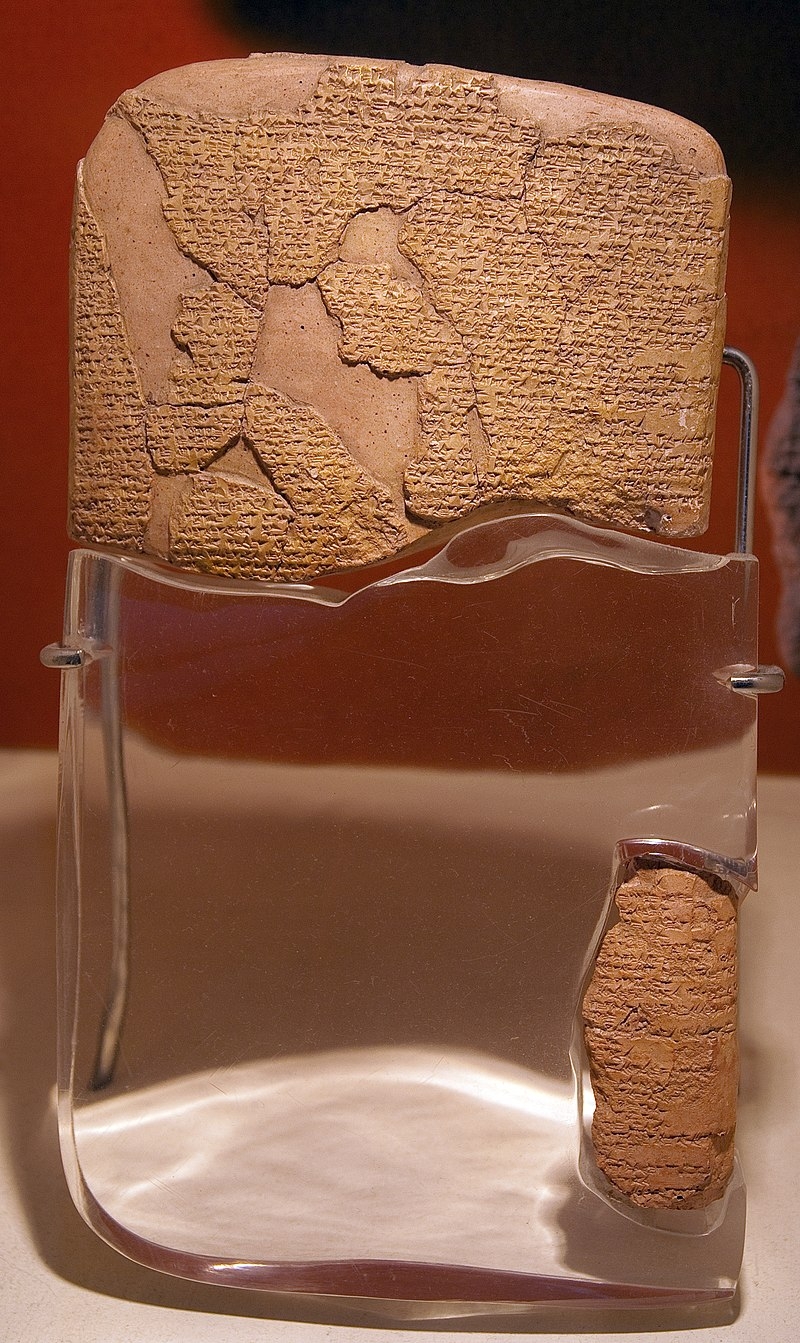
Comment
Your message was sent successfully